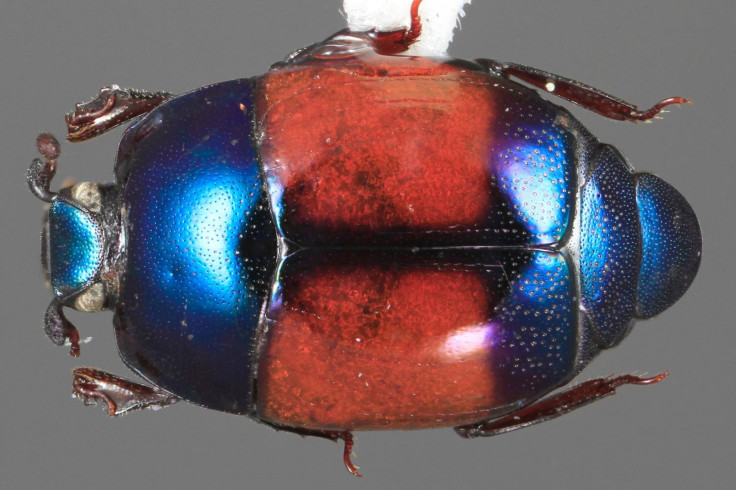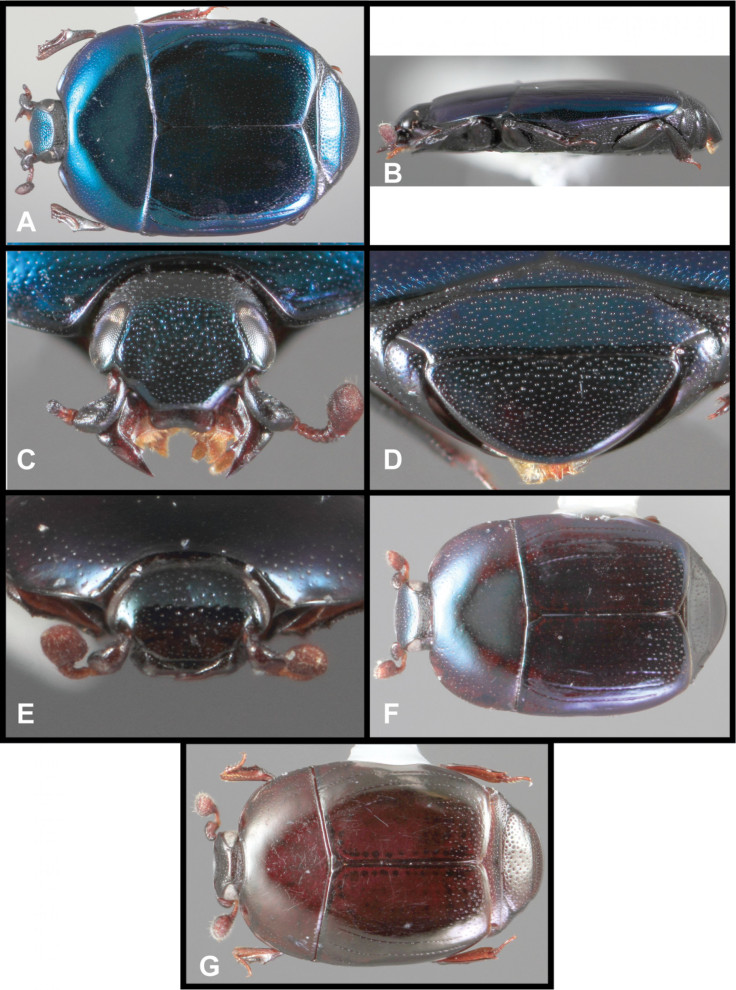Researchers Discover 85 New Species Of ‘Jewel-Like’ Clown Beetles
Researchers from the Santa Barbara Museum of Natural History have discovered 85 new species of beetles belonging to the genus Baconia. The discovery nearly triples the number of species belonging to the genus and the beetles are known for their “jewel-like” appearance.

The new species of beetles were found in museum collections as well as fieldwork conducted by Michael Caterino and Alexey Tishechkin and the study was published in the journal Zoo Keys. The beetles are native to North and South America and the discovery brings the total number of beetles belonging to the genus Baconia to 116. Commonly referred to as clown beetles, the Baconia Lewis genus belongs to the Histeridae family. Compared to other clown beetles, those belonging to the Baconia genus are known for their bright colors and metallic sheen, but the reason for the coloration is unknown.
The beetles described by Caterino and Tishechkin prey on wood-boring beetles such as bark beetles. The beetles are extremely rare and most collections had only one or two specimens. Another problem was improper classification, said the researchers, citing "numerous taxonomic and systematic problems." Some of the beetles were misclassified and, originally, the genus definition was too vague to properly classify the beetles.

With such a book, Caterino believes there are many more species yet to be identified. “Our greatest hope is that by calling attention to the existence of such exquisite creatures, we will inspire others to go out and seek out new populations and data,” said Caterino in a statement. The researchers will continue their work on these rare beetles and hope to further refine the Baconia genus.
© Copyright IBTimes 2024. All rights reserved.






















